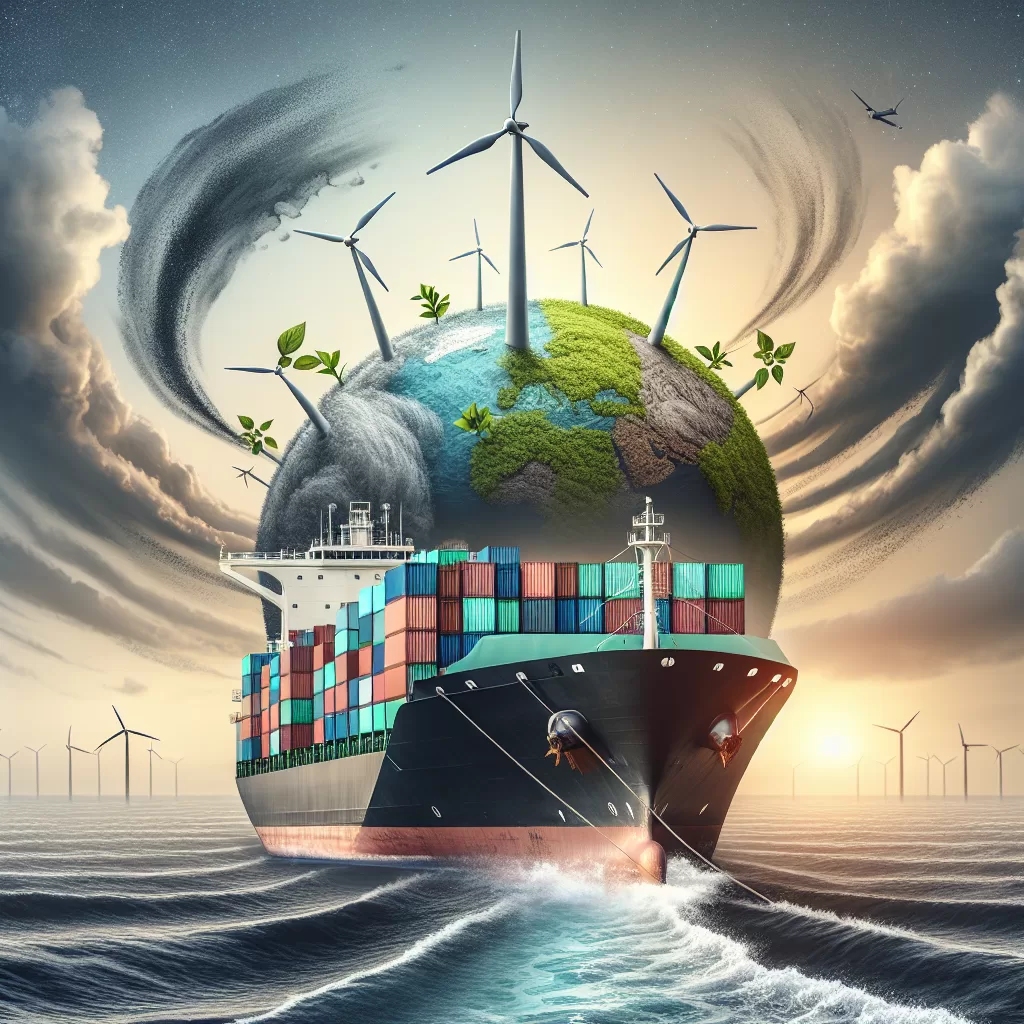“The demand for more sustainable shipping is driven by cargo owners and legislation,” says Nils Tobias Borg, commercial manager at Oceanbird. “With our innovative vessel design, we offer transport at lower costs while being emission-free.”
This pioneering endeavor aligns with the International Maritime Organization’s (IMO) ambitious strategy to slash total annual greenhouse gas emissions from international shipping by at least 50% by 2050, compared to 2008 levels. Sustainable shipping initiatives like Oceanbird’s could play a vital role in helping the industry achieve these crucial climate targets.
Beyond wind power, major players are also exploring alternative fuel sources, including biofuels, hydrogen, and ammonia. In Denmark, the world’s largest shipping company, Maersk, has successfully conducted trials using biofuel blends derived from plant matter to curb emissions from its massive fleet.
As the sector navigates this transformative shift, robust policy support from governments and regulatory bodies will be imperative to accelerate the adoption of clean technologies. Financial incentives and stronger emissions standards could further catalyze investment in sustainable solutions across the shipping value chain.
With over 80% of global trade transported by sea, decarbonizing the shipping industry is a pivotal component of the worldwide effort to mitigate the catastrophic impacts of climate change and pave the way for a greener future.

